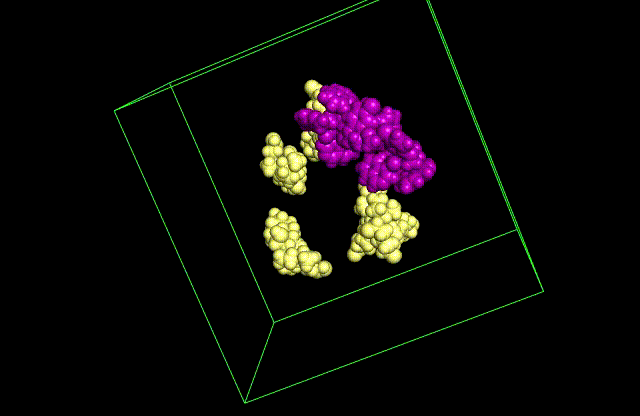If you were to ask me a week ago what a nanoparticle was, I’d give a pretty generic answer saying that it was something really small. While that statement is true, there is so much more to these microscopic specks than we understand. One of the biggest problems in drug development is the issue that not all compounds are soluble in water. Not being able to be dissolved means it’s hard for the body to absorb the medicine that you are trying to take. There is also the issue of directing the drug to its intended target. A potent liver drug isn’t useful if it accidentally makes its way into your heart. These two issues can be solved with nanoparticles.
Research into the design of different types of nanoparticles has shown promise, but often results in a combination of a difficult manufacturing process and a low, around 5-10%, drug-loading capacity. The Reker lab is taking a novel approach to form a different kind of nanoparticle. Our nanoparticles rely on the natural tendency of select molecules to aggregate together and form clumps. These “clumps”, really nano-sized clusters, of drug and excipient pairs have a revolutionary potential for up to 95% drug-loading capacity. They are also significantly easier to manufacture than traditional nanoparticles. My project this Summer is building off of Dr. Reker’s previous work in order to find a potential treatment for Covid.
Imagine a conveyor belt in a car factory. All of the different parts for the car go along the belt, and are assembled into larger parts at each stop. My day-to-day involves working at one of these stops. Currently, my “stop” on the conveyor belt deals with simulating the potential interactions of drug-excipient pairs of interest. I get a pair found from a machine learning model, run some code, generate a simulation, and then analyze the simulation and see if it shows promise for a nanoparticle to form. It’s a pretty straightforward process, until you realize that the simulations can take hours to generate. Simulations are also an approximation of what could happen in reality, not necessarily what will happen. This approximation can be made better by fine-tuning the generation parameters. Part of my job is to find the “sweet spot” combinations that most accurately reflect what would happen if we were to make the particles in the lab. Eventually, if I find a combination that shows promise, I will get the opportunity to try synthesizing my own nanoparticles.
While most of my research has been dry work, I’m starting to find analyzing the simulations fun. Seeing all of the cool movies from visual representation is satisfying. I also do some analysis on intermolecular interactions, but that’s more numbers-based. My experience so far has been filled with all of the things that I like about science. There is so much overlap with this project in particular. I need to understand how the code runs in order to generate simulations, I need to know how to code in order to analyze the intermolecular interactions, I need to have a good understanding of chemistry to make sense of the simulation, and I need to have an open mind as it’s only me and my mentor working with this pipeline. We are the pioneers in this space. It is up to us to find the optimum parameters and develop analysis techniques ourselves. It’s both intimidating and exciting being alone in this space, but I’m loving the journey so far and I can’t wait for what the future holds!


